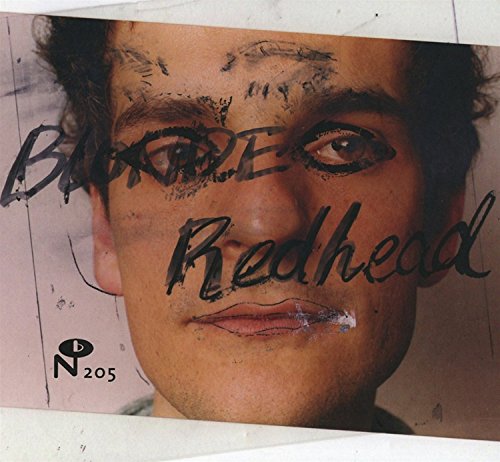COLDPLAY "BIGGER THAN DIDO"
It's hard to get excited about any news story that involves Coldplay smashing a record previously held by Dido, unless, maybe, it's most times falling off the top deck of a London bus in heavy traffic; but there might be something of note in Coldplay's X and Y setting a new benchmark for internet preorders. It could just mean that a surprising proportion of Coldplay fans are shut-ins, though. The previous record was for Dido's Life For Rent back when Dido was fleetingly fashionable amogst people who wear Italian handmade shoes.
Still, to be fair to Chris Martin, he has been taking being bested by a cartoon frog in the singles chart with incredible good grace, even including a snatch of Axel F in their appearance on last night's Friday Night With Jonathan Ross.
Meanwhile, the Guardian's Science supplement has explained the mystery of the X&Y cover:
The cover translates the album title into a binary code where each block of colour represents a 1 and a gap 0.
As self-confessed nerd and lead singer Chris Martin would be able to explain, it is not only the cover that uses mathematics to communicate its message. Each time someone downloads the album onto their computer, each note of each song becomes a string of 0s and 1s.
In 1870, Emile Baudot devised a system for telegraphists to represent each letter of the alphabet by a string of five 0s or 1s. The letter X was represented by 10111 and Y by 10101. The first column of colours on the cover shows a black and grey block representing a 1, followed by a gap representing a zero, then three more blocks of colour giving three 1s. The first letter in Coldplay's title is the letter X. The last column gives us 10101 or the letter Y.
So what about the middle two columns? Five 0s and 1s can represent 2x2x2x2x2=32 different characters. This is rather limiting if numbers and punctuation are to be included in the code. Baudot decided to use one of the strings of 0s and 1s to denote a shift key. The symbol following the shift key could then come from an alternative set of characters, just as the shift key on a keyboard offers access to new symbols.
The second column of colours represents Baudot's shift key, 11011. The third column of colours becomes the new symbol &. All four columns combine to disclose the title: X & Y.
Decoded, it's even more dull than it looks.









No comments:
Post a Comment
As a general rule, posts will only be deleted if they reek of spam.